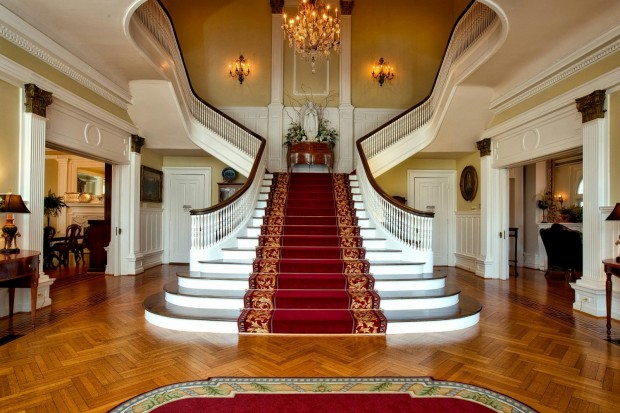Precast concrete, metal, and wood are among the most often used building materials for staircase construction. But which is the better option among these three? Explore the advantages of using these materials.

(Photo : Pexels/Pixabay )
Metal Stairs
Many different sizes and layouts can be accomplished by custom designs and constructions of a metal staircase. There are almost no limits to design whether you like it basic, elegant, traditional, or forward-thinking. Material used to build metal staircases include stainless steel, aluminum, and wrought iron. Unique looks can also be produced with any of the metal alternatives when coupled with other design components.
As mentioned, in order to achieve a spectacular appearance, metal is frequently coupled with cables, glass, and wood. Metal stairs really are built to last and need less upkeep than other kinds of staircases. It is reportedly a great choice whether used inside or outside because of its great degree of usefulness and durability to extreme climate changes.
Wood Stairs
In addition to imparting a sense of elegance and luxury, wooden objects lend a timeless quality to establishments and residences. Although it will not last as long as steel, it performs extraordinarily well when treated to prevent the natural deterioration process that causes it to wear out and rot away when it is exposed to the elements. After being painted or polished to a sparkling appearance, wood stairs have the potential to last for a longer period.
Moreover, since it is typically less expensive than metal and imparts a surface that is cozier and more natural to any structure, it is a popular choice for the majority of residential dwellings. Also, this material has a significantly lower level of noise when people walk over it compared to metal. Because of this, the sound of someone stepping on them will never reverberate throughout the building. However, as a result of environmental concerns all around the world, wood will become increasingly scarce as organizations try to restrict the amount of trees that are cut down. There is a possibility that the cost of using trees may increase, forcing individuals to search for other options.
Also Read: Preventing Heat Injuries: OSHA's Most Important Guidelines To Consider
Precast Concrete Stairs
When compared to the commercial options, precast concrete stairs are likely the most expensive. Yet, it is essential to keep in mind that the majority of the cost is incurred in the first investment. Maintenance is not required for precast concrete; all that is required is power washing when it is required. Additionally, concrete provides a wider range of aesthetic options, including colors and designs that complement the environment and textures that are slip-resistant.
On the other hand, since curing occurs at the manufacturing site, precast concrete can be utilized promptly following installation. Unlike wood, concrete cannot be ignited and is, hence, an inherently non-combustible construction material. In addition, in contrast to other building materials, it does not blow up smoke, emit harmful chemicals, or cause molten fragments to fall to the ground. Because of this, precast concrete is a more secure alternative when it comes to the prevention of fires.
Related Article: Concrete Block vs. Burnt Brick: Which is the Ultimate Choice for Modern Construction?







